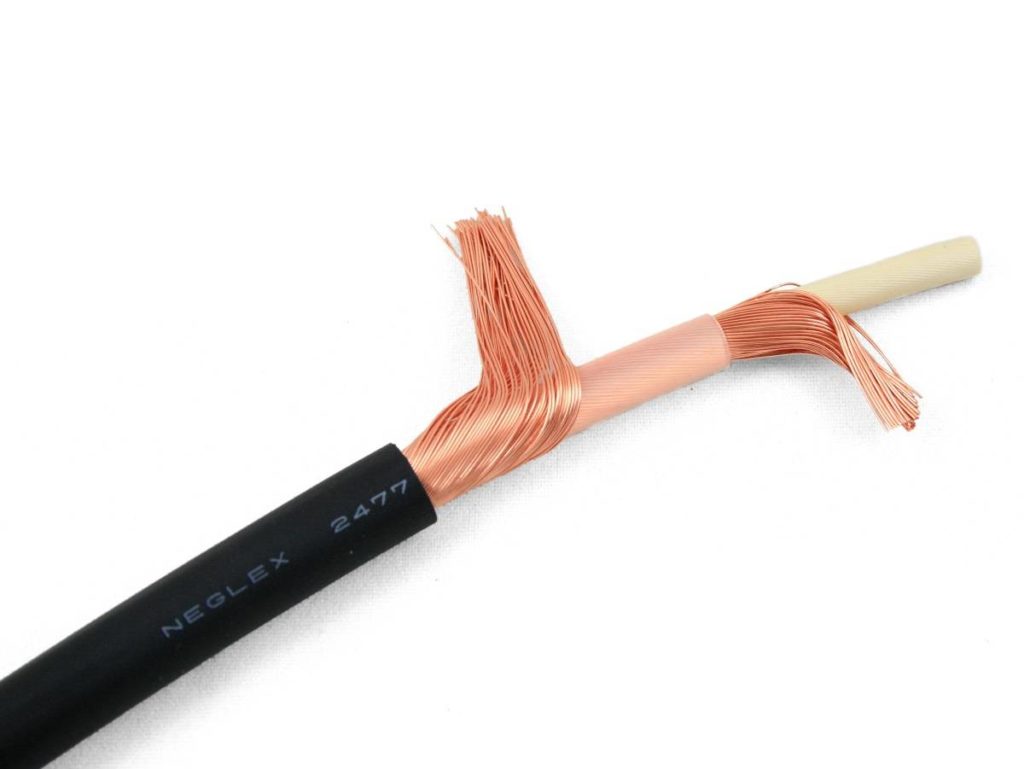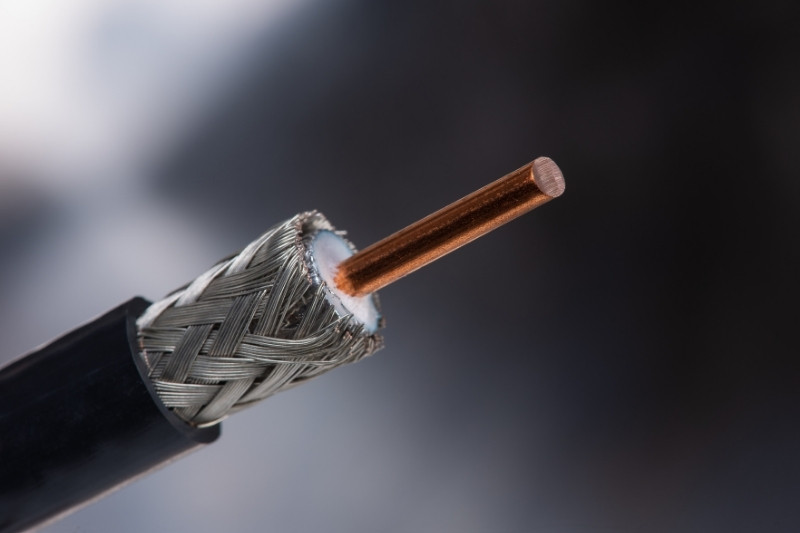Speaker Cable and Coaxial Speaker Cable are two types of speaker wires. This article will discuss the differences between China Coaxial Speaker Cable and Mogami Coaxial Speaker Cable, as well as the benefits and drawbacks of each type. Once you know what you’re looking for, you’ll be well on your way to purchasing the best speaker wire for your needs. Keep reading to learn more! Now that you know the difference between a speaker wire and a coaxial speaker cable, you can choose the best one for your home theater.
Speaker Cable
Coaxial speaker cable is a common wire used in home entertainment systems. It transmits RF data, including the higher frequencies of audio and the lower frequencies of infrared. Its design and construction are coaxial, so both the core and the shield share the same axis. Originally introduced in 1858, coaxial cables have since become an indispensable wire in almost every home. The development of television brought coaxial speaker cable into widespread use.
Unlike other types of cables, coaxial cables are designed to minimize interference and maximize signal strength. They consist of two parts: the inner conductor made of copper or silver, and the shielding, which protects the signal from unwanted electromagnetic interference. This makes them ideal for audio applications. Be sure to check the connectors before you buy them. You should select those that match the application. In some cases, a coaxial cable will have dual shielding for a higher degree of protection.
The downside of using a coaxial speaker cable is its low-quality performance, particularly when used for long distances. Its poor signal quality is attributed to signal leakage, particularly at the female-male connector interface. This is particularly problematic when high-use rates are involved, so it’s important to choose the right one for your setup. A coaxial cable is often easy to install and is available in different lengths and diameters. Coaxial speaker cable also has anti-EMI and RFI tampering properties, making it a superior option for audio applications.
Coaxial Speaker Cable
A Coaxial Speaker Cable connects your audio source to a component, such as a Blu-ray player or a set-top box. There are several different kinds of coaxial cables, with varying gauges and impedances. Gauge refers to the narrowness of the center conductor core. The five layers of the Coaxial cable help protect the signal from interference and noise. Coaxial cables are ideal for connecting audio components, including video game consoles.
The main difference between coaxial cables and coaxial digital cables is the type of signal they carry. Digital coaxial cables are insulated and use an electromagnetic field to transfer the signal, while analog coaxial cables use sound waves to transmit audio signals. Digital coaxial cables are better suited for long-distance connections and can handle a higher impedance than their analog counterparts. But digital coaxial speaker cables are more expensive.
If you wish to use a Coaxial Speaker Cable to connect your speakers, you will first have to remove the shielding that surrounds the wire. You can do this by using a wire stripper or a regular kitchen knife. Next, you need to cut off the coaxial cable’s core. If the core wire is exposed, it connects to the black connector on the rear of your audio receiver or speaker. To remove the braided strand, use a wire stripping tool.
China coaxial speaker cable
You can find a wide range of Chinese speaker cables on the Internet. Whether you’re looking for a high-end speaker system for your home theater or a cheap way to connect your speakers to your TV, you can find what you need by using the internet. Usually, they feature two conductors for each speaker.
These speaker cables offer better sound quality than conventional, parallel speaker wire setups. This is due to their high level of shielding, which protects them from interference and disruption. They also transfer signals much faster and can handle more information at once. As a result, these cables are becoming a popular choice for consumers and businesses alike. But what are the advantages of coaxial speaker cables? Here are just a few of them. All-purpose speaker cables are great for many applications.
A coaxial speaker cable is similar to a coaxial cable, but it has some distinct advantages. It transmits high-quality audio signals and can be used with any type of input device. It is also much more durable than other types of speaker cables. These cables are available from major electronics manufacturers. And the best part is that they can be used with any type of input device, regardless of its brand. This is why they’re the top choice for so many audiophiles.
Mogami coaxial speaker cable

The Mogami 3082 coaxial speaker cable offers a combination of features that will enhance your listening experience. Its large conductor size and optimal noise rejection will ensure that your music sounds as clear as possible. Unlike standard speaker cables, this cable is self-shielding and resists induction noise. The overall diameter of this cable is 6.5mm. This cable is a superior choice for any home or professional recording studio.
Aside from being incredibly flexible, Mogami coaxial is also easy to install. The company is committed to quality and purity in its manufacturing process. This cable is made in Nagano, Japan, under the direct supervision of the founder. The company’s staff is made up of true craftsmen who do not cut corners in the name of price or profit.
Although speaker wire is usually cheap, coaxial speaker cables are more expensive. They are also bulkier and not nearly as flexible as thin speaker wire. Because of this, they have a higher capacitance than speaker wires, which can result in instability and signal failure. It’s also best for short runs because the length of the speaker cable will depend on how many speakers you’re connecting.
Coaxial speaker cable bass amp
Using a coaxial speaker cable will add extra impedance to your amp. This will cause more resistance during the setup and can blow out your equipment if not properly connected. If you’re planning on using a coaxial cable, keep the equipment as close to it as possible. This type of cable’s impedance is in the kHz range, so it won’t deliver the sound quality you’re looking for.
A coaxial is typically six feet long, but you can purchase up to 50-foot ones. You’ll need the extra wire for the speakers, but it’s important to calculate the length needed for the entire connection. Once you know the required length, you can proceed to connect the speaker wire to the amplifier or receiver. To determine the required length of the speaker cable, you’ll need to know where each speaker is located.
Another factor to consider when choosing a cable is the impedance of your speakers. The cable should be no more than fifty feet in one direction. The length depends on how far you plan on running your system, so you need to decide which is the best option. It’s also important to consider the type of connectors. If you have any doubts about which one is best, contact a professional audio installer.
Best coaxial speaker cable
Whether you have an AV receiver or surround sound speakers, installing a coaxial speaker cable can make all the difference in the quality of the audio experience. But how do you know what to look for in a coaxial speaker cable? There are many types and brands to choose from, so how do you know which one is right for your needs? Read on to discover the details of each type. Weighing the advantages and disadvantages of a coaxial speaker cable is important for anyone looking to get the most out of their purchase.
To determine which coaxial speaker cable is right for you, first of all, you have to understand what a shielded cable is. The best coaxial speaker cable is shielded. You can determine this by the color of the connector. The red-colored connector signals a positive connection. For the rest of your purchase, the green-colored connector signals a negative connection. The yellow connector is for neutral use. It’s also worth mentioning that a green-colored connector indicates a negative connector.
When choosing a coaxial speaker cable, the gauge is the most important factor. The thicker the wire, the better. But don’t forget about length, either. A longer cable will lose signal quality, so be sure to consider this before making your purchase. Ultimately, it’s all about the quality of sound. And if you want to enjoy great sound, make sure to invest in a quality coaxial speaker cable.

